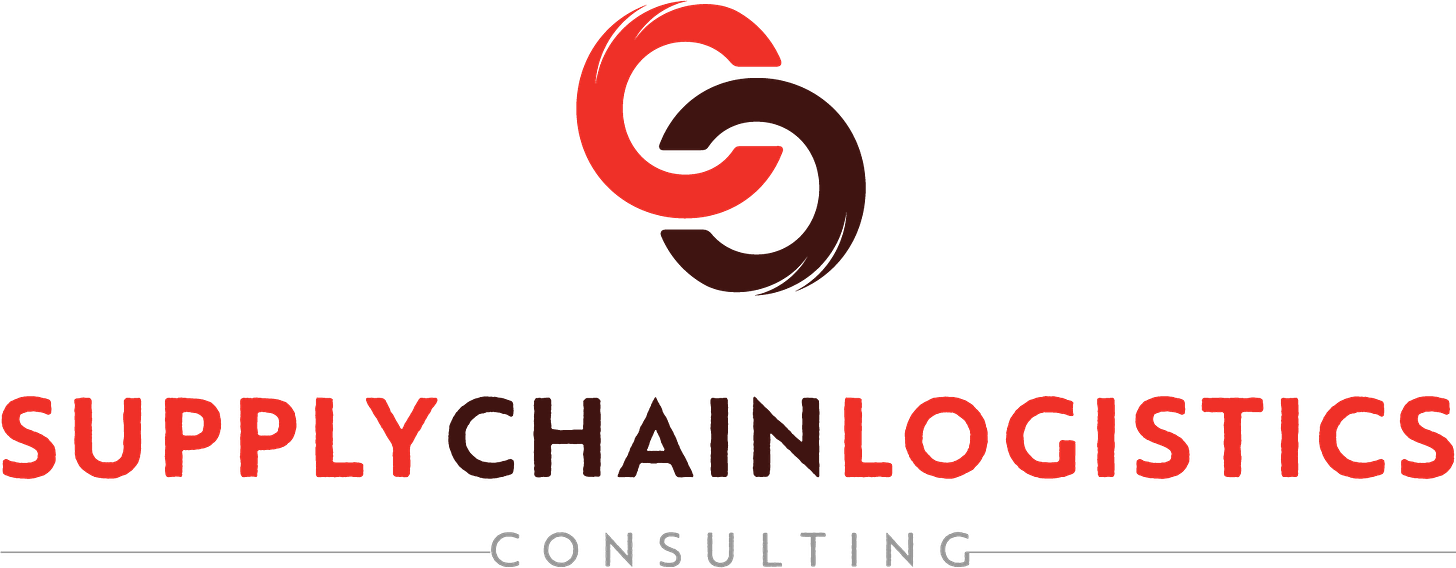September 8, 2021 Authored by Hilary J. Schmitt, SCMP S&Co., Supply Chain Logistics Consulting SUBSCRIBE HERE
Introduction
You may not know why everyone is talking about supply chain these days or why it has become one of the most discussed topics in news and journals, so let us peel back the curtain a bit.
In addition to the relative “newness” of SCM, we are all learning a great deal about how everything is more connected than we all realized. How every industry relies on others to survive and even more, to thrive.
Now more than ever the world has had the links that bind everything material together exposed and the direct connections between suppliers and business partners all have much deeper roots than many people realized. These go deep into supporting structures that indirectly impact businesses and reach globally and virtually, existing everywhere you look and are a part of nearly everything we do.
The digital landscape and our connection in the virtual supply chain is invisible; yet everyone can see when a stores shelves are empty, or a line of ships are waiting loaded with our consumer goods to offload, and we all know when an important package is delayed by days or even months. Events like these have become quite unusual.
It may seem counter-intuitive that we are not advanced enough to have lost our interdependence. In fact, the innovations of present day have only increased our connectivity and are actively binding businesses, countries and international economies even more tightly together. Success depends more on the entire health of our supply chain, now more than ever before.
The gift of instant supply.
We live in a hyper connected reality where information and products are only ever a click of a button away, even now with AI and speech recognition the ordering process is often intuitive and predictive. With compliance tools advancing at the speed of light, literally in the event of fiber connectivity and blockchain technologies, we are fast becoming a zero-trust global economy and authentications are assured.
What does this mean for you?
It might seem wildly out of touch to be speaking of fiber optic cables and blockchain for everyday businesses or small and mid-size companies. It pays to know that turnover is also speeding up, that business lifecycles are churning faster and adapt, act or die is the mantra of the living. The real challenges that businesses face these days is not how to modernize, but by how much?
Security and technology are in a race to keep pace with change. For real business leaders to create meaningful growth using supply chain tools and innovation, it is a risky business. Literally. Supply chain leaders always seek to reduce risk and to improve decision making.
Adopting new technologies, changing processes and upskilling a workforce is expensive, mistakes can be critical, and the wrong tools can spell the end of a golden age for many companies, big and small alike. Doing nothing is not an option because bigger firms are scooping up volumes of savings by pooling their resources and leveraging amassed spending power to appease their customers, and yours as well. So what is the right choice?
Considering the problem, it may seem hopeless. Like waiting for BigBox Store-X or Tech Corp-B to buy up the neighborhood might be all that is left for your company and all that is left is to sign and report for work.
There is good news, our new reality is exactly the opposite and supply chain is leveling the playing field. There are examples all around us of the way that things are changing, if you only know where to look.
Never has being nimble been so important.
It might not seem like supply chain is the name of the game for everyone. If you look closely enough, you will see the age of dying giants is upon us. These monstrosities are falling heavily to the wayside as smaller, more adept, and more innovative companies rise quickly through the ranks. Knowledgeable leaders take lessons learnt in supply chain management and make the advantage their own.
The behemoths that built empires on inventory and predictive business modeling are dying out like dinosaurs. We see the empty department store fossils littering our cityscapes in favor of customer focused services where connection is the key and JIT or made-to-order is the new normal.
The distance from farm to fork, shop to closet, and factory to functional use, has all but disappeared. So has the reverse, with circular supply chains growing in importance as we demand more value from everything we do.
Large organizations have been restructuring themselves to operate more like small businesses with big brains. There is a recognition that the power to pivot and to make decisions quickly with efficacy is what differentiates the winners from the losers.
This points squarely at the underlying truth, that it is easier to manage adaptations required for a resilient supply chain when there is less friction and greater access to information and when strategic resources are reliably available to meet the needs of the business. When the customer decides, and so they do, companies must set-aside any ‘we know better’, push strategies and cater to the changing tides of consumer preference. It can be argued that the only metric which really matters in a future-forward economy is customer satisfaction, because it feeds into all of the others.
So… why does this have anything to do with Supply Chain?
This my friends, is why supply chain management is the new competitive advantage. This is why everything else will eventually take a back seat to prioritize building strategic supply chains. The emergent winners will be those companies with the fastest reliability, supplying exactly, to specification, what the customer ordered at the precise moment it is wanted or better yet, needed.
Prioritizing supply chain means strategically sourcing and aligning procurement processes across the organization until it becomes the business culture. It also means utilizing technology to form integrated corporate partnerships and improving compliance across all forms of business relationships.
This also means fresh, innovative methods will be applied to enhance demand sensing, revolutionize predictive analytics, and for cultivating ultra-strong, reliable, exponentially faster and more powerful production and supply capabilities for the goods, materials and services customers need.
Popular opinion matters.
In the past, goods and services were measured by archetypes of “value” and “fair” prices. For those old enough to remember, words like these might bring to mind images of Formica tables and plastic pink flamingos. or musty gargantuan department stores and art deco houses. Now our customers and the companies we partner with demand holistic knowledge of the entire value chain. In this day, when detailed information of the entire production journey and affiliated corporate composition is readily available, consumers can have transparency. They are increasingly demanding it.
We know profitability is found when there is diversity in leadership, sustainability and fair-trade benefit corporations balance sheets long-term, safe warehouses and green energy initiatives lead to better business results. The rising importance of ESG metrics are reflected to us in shareholders decisions.
Corporate social responsibility (CSR) and deep comprehensive descriptions of corporate objectives beyond the share price are now commonplace. Much like when the ingredients lists were added onto the groceries we buy, consumers started to care about what they were eating, so the items on the shelves changed.
The virtual supply chain and information systems are inherently one and the same thing. They are connecting us to our sources for raw materials and linking the methods used in production, payment, distribution and even disposal.
Supply chain measurements provide transparency and consumers can determine what it is they want to buy with more knowledge and awareness of corporate practices. Obscurity is becoming a thing of the past and the empowered purchaser is presented in every part of the business cycle. Like it or not, this is changing things.
Awoke or broke.
To put a modern spin on an old idea, what gets measured matters. Because what is known, will change what gets done. Setting the right goals is a good place to start and for businesses of the future, it is important to start developing supply chain management strategies with the right perspective. Keeping it simple, sticking to sound principles and building upon a foundation of transparency, risk management and sustainability, will ensure that whatever path you take, it will be a good one.
As with most things, within the problem lays our solution. By finding ourselves, we find where we need to go next. We encourage you to become more deeply aware your own companies position today and to put the supply chain advantage to work for you.
© 2021-09-08, Supply Chain Logistics Consulting, Hilary Schmitt
At Supply Chain Logistics Consulting our mandate is to improve the way things are done and we would be happy to hear from you. Do you have a specific problem you are solving? A unique solution or a successful story about making a significant change?
Let us know.
Visit Supply Chain Logistics Consulting Online and Subscribe on all our channels.
- 🌐 🌐Get the Company Newsletter
- 🔗 Get the Highlights 🔗 SCLCI’s Link-in-Bio Page
- ➕ Connect on ‘X’
- 🔖 Join our LinkedIn
- ☎ WhatsApp ☎
- Early Memberships – Coming Soon.
- And don’t forget to subscribe and share this Early Edition or choose to support this content with a paid premium subscription
If you are interested in hiring a management consultant for your business or project and want to learn more about our management consulting services, please contact us today. We are a professional management consulting firm with years of experience in helping people at businesses like yours to achieve results.




